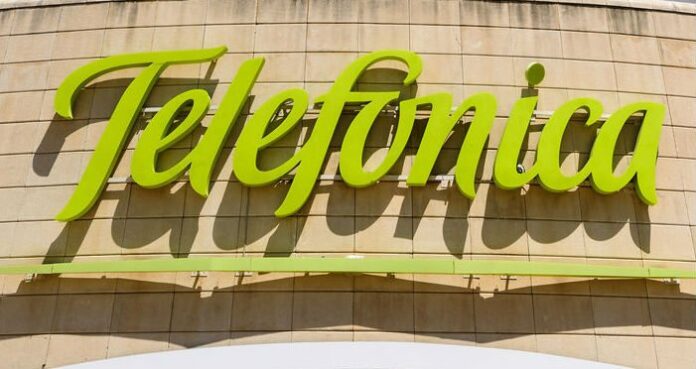Spanish operator Telefónica has extended the coverage of its 5G network to over 80% of the country’s population as of the end of the first quarter of 2021, having installed more than 4,300 nodes that offers coverage to more than 37 million inhabitants.
In a release, the telco said that its 5G network currently reaches 1,253 towns and cities across Spain.
The company launched its 5G service in September 2020 and had committed to deploy 5G in 921 towns and cities covering 75% of the Spanish population by the end of 2020.
During this first quarter of 2021, the deployment has focused on completing the coverage in the cities deployed last year and reaching cities with more than 20,000 inhabitants, the telco said.
Telefónica’s 5G network currently combines the deployment of 5G NSA and DSS (Dynamic Spectrum Sharing). The operator also said it expects to deploy the 5G SA network when the technology is fully available after standardization.
The telco is offering its 5G service through spectrum in the 3.5 GHz and 1.8-2.1 GHz bands. The Spanish government expects to award spectrum in the 700 MHz band for the provision of 5G in the first quarter of 2021.
Telefónica had previously inked commercial deals with European vendors Nokia and Ericsson to supply the equipment and services for its 5G launch.
Rival operator Orange is already offering 5G services in 298 towns and cities in 38 provinces across the country, with a population coverage of 23%
Orange said it expects its 5G network to reach 90% of the population by 2022, according to a previous press report.
Orange is aiming to offer this technology in 400 cities by the end of the year, which is equivalent to a population coverage of over 51%, through a combination of non-standalone (NSA) 5G and Dynamic Spectrum Sharing (DSS) technologies.
Some of the cities covered by Orange’s NSA 5G network include Madrid, Barcelona, Valencia, Seville, Malaga, Cadiz, Ibiza, Zaragoza, Logroño, Leon, Santander, Salamanca, Valladolid and Pamplona.
The operator launched commercial 5G services in Spain in September of 2020, using equipment provided by Swedish vendor Ericsson.
Vodafone launched Spain’s first commercial 5G network in Madrid, Barcelona, Valencia, Seville, Malaga, Zaragoza, Bilbao, Vitoria, San Sebastian, La Coruna, Vigo, Gijon, Pamplona, Logrono and Santander in June 2019. The carrier had previously said that it was working with Huawei and Ericsson in the deployment of the 5G network.
Meanwhile, Masmovil is now offering 5G service in over 200 towns and cities in 35 provinces across Spain for the customers of its Yoigo brand, the company said in a release.
The carrier’s 5G service is being offered via a combination of its own infrastructure and an agreement with rival operator Orange. Masmovil currently has 80 megahertz of spectrum in the 3.5GHz band for the provision of 5G.
Some of the cities in which the carrier provides 5G include Alicante, Alcobendas, Almería, Ávila, Barcelona, Hospitalet de Llobregat, Huesca, Jaén, Madrid, Málaga, Melilla, Orense, Salamanca, Sevilla and Valencia.

